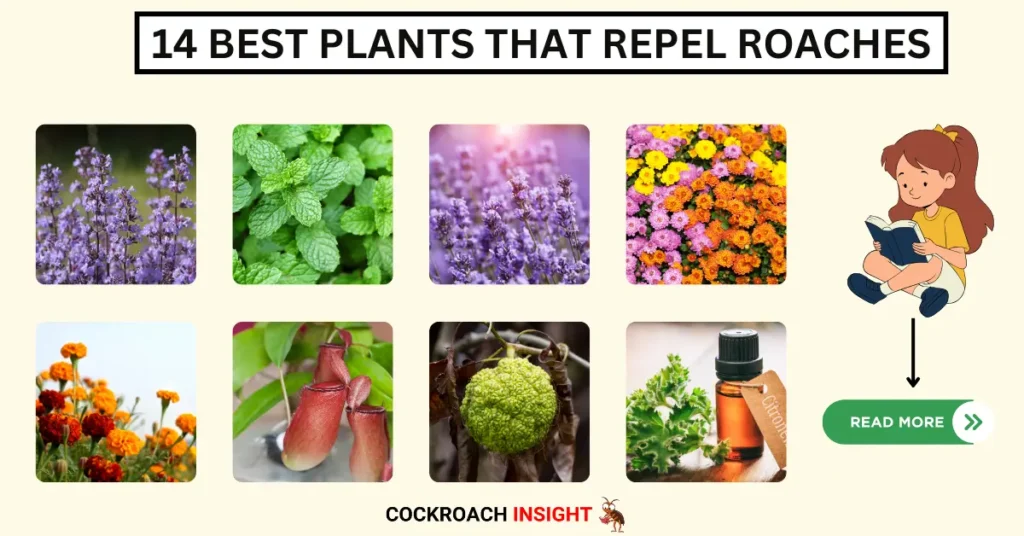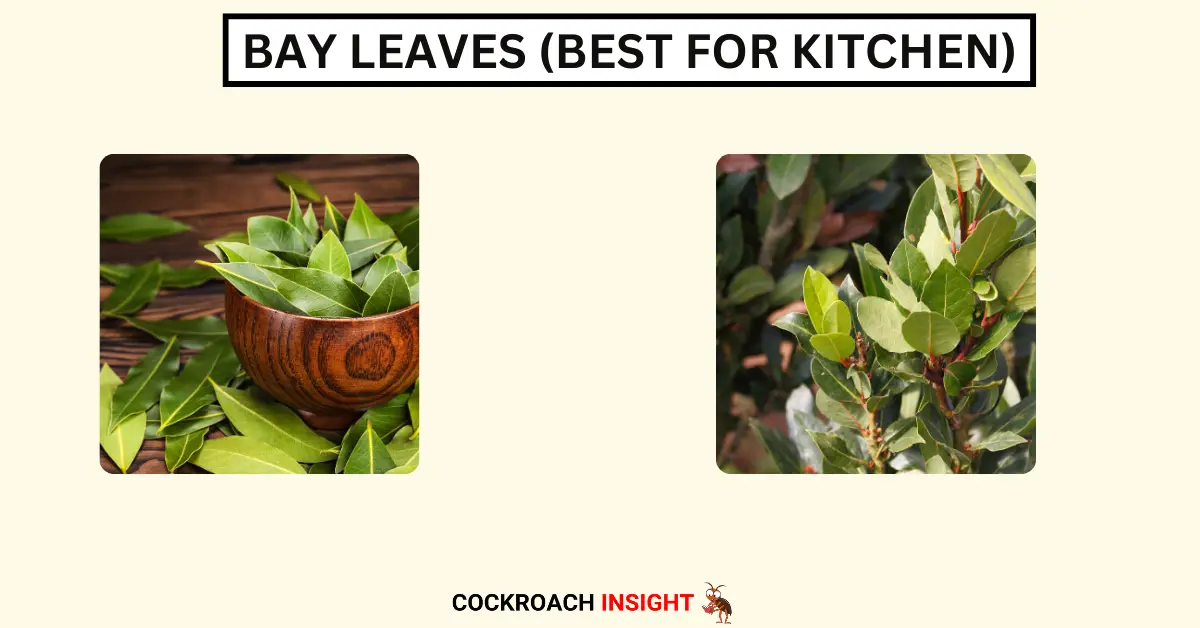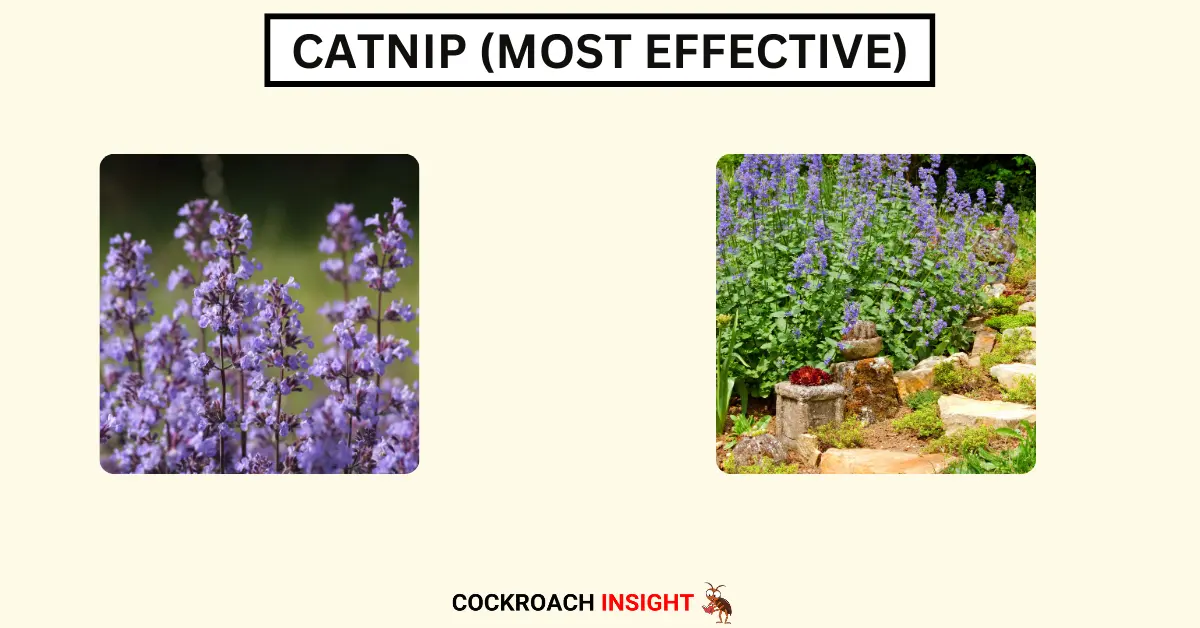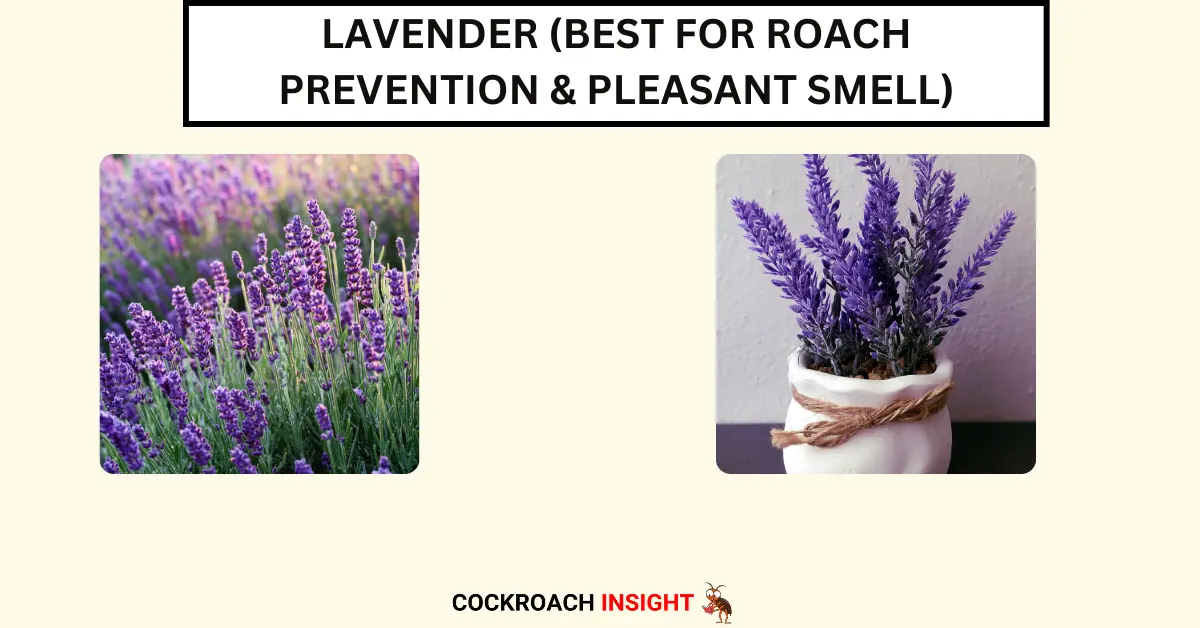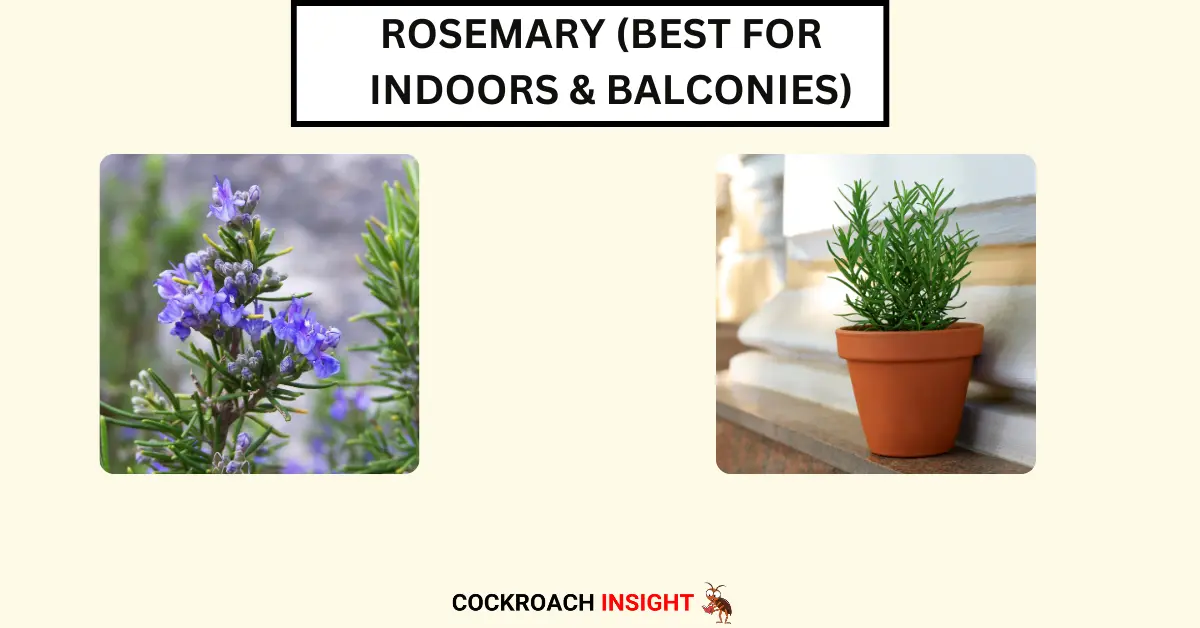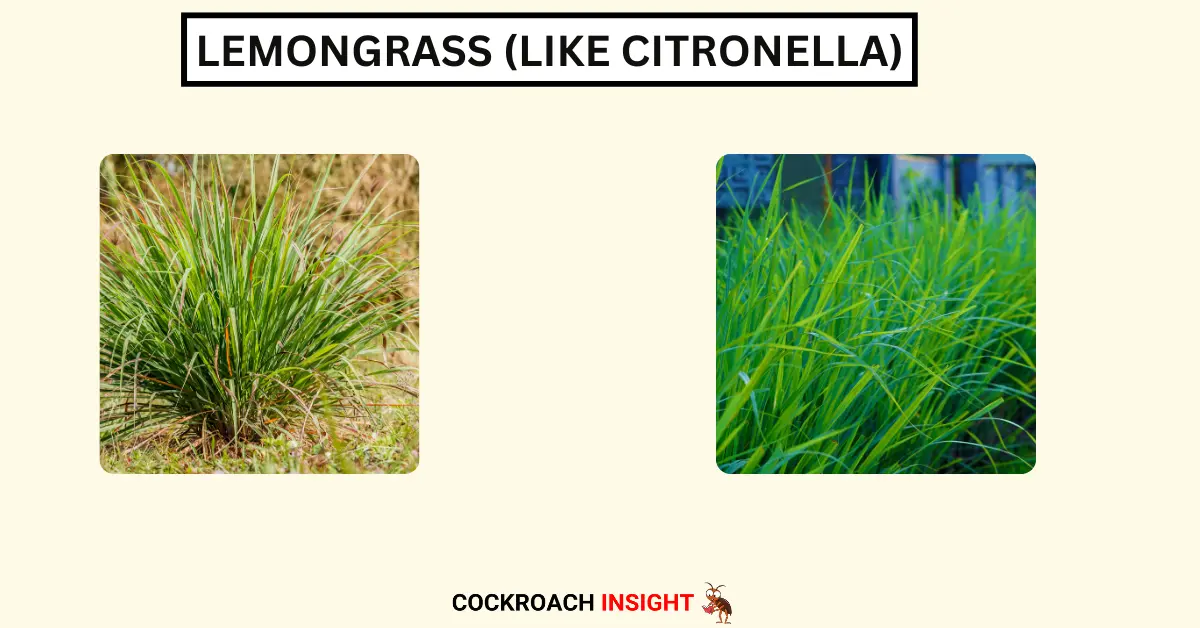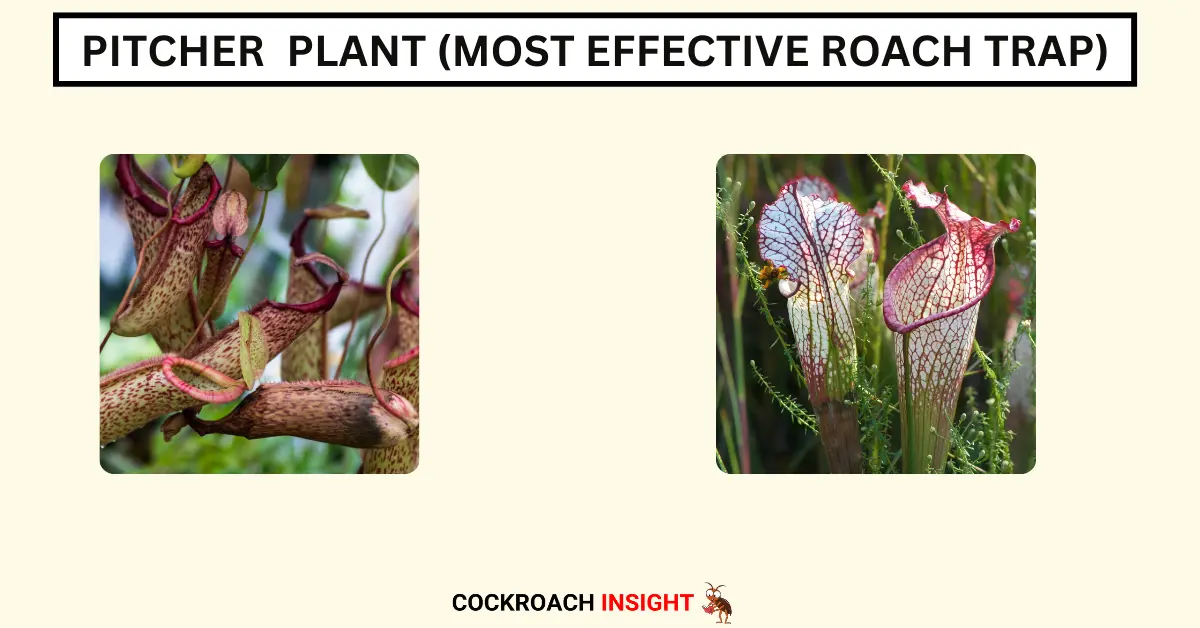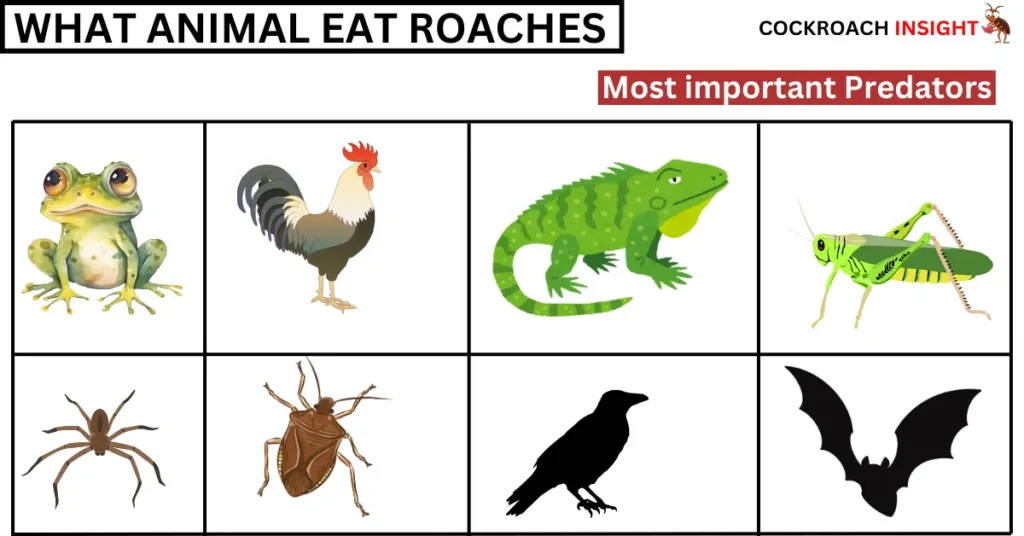Roaches are one of the most persistent pests that can invade our homes, and dealing with them can be a real challenge. Some people use chemical sprays and pesticides (which is also a problem) to keep them away, but these solutions have their own problems — harsh chemicals, bad smells, and health risks for pets and children.
But what if you could keep the roaches away in a more natural way? Enter plants! Some plants serve to beautify the home and can also repel household pests like cockroaches.
Plants by themselves won’t end an infestation, but they can help keep your home less attractive to unwanted guests.
When I began using plants throughout my home, I was able to notice a sharp decrease in the apparent number of roaches I was seeing.
These plants allowed me to keep roaches at bay without using toxic sprays, whether placed by entryways, in the kitchen, or even in my garden.
In this article, we’ll dive into 14 of the top plants that repel roaches, how they work, and how you can use them to eliminate these pests in a natural way.
Do Plants Really Repel Roaches?
Yes, according to house digest these plants can repel roaches, but it’s a matter of how they do so. Some plants emit strong odors or compounds that cockroaches dislike.
For example, both mint and lavender plants contain natural oils that repel roaches, which means you can place them in an area to make them less inviting to roaches.
But it’s important to remember that plants aren’t a cure for a roach infestation. They are most effective when used as part of a preventive strategy rather than as a standalone solution.
While they can discourage roaches from settling in certain spots, they cannot eliminate a large infestation by themselves.
For the best effects, use plants alongside other methods for controlling roaches, like traps or baits. This balanced approach will allow you to keep your home roach-free without strong chemicals. Learn more about the scents that repel cockroaches.
Best Roach-Repelling Plants (Based on Experience & Research)
Based on research and experience, here are 14 plants that have been tested and proven to help repel roaches. They help ward off pests while adding a fresh, natural element to your household.
Bay leaves pack natural oils such as eucalyptol, which roaches absolutely hate. For maximum effectiveness scattered bay leaves in strategic places, such as near my windows, doors, and in the kitchen,
I personally observed a decrease in roaches. The smell isn’t strong for humans, but roaches cannot tolerate it.
Nepetalactone is a potent compound in catnip that deters roaches. I tested it around my windows, and it did a great job at keeping roaches away. It’s easy to grow, it’s safe for pets and kids, and it can grow indoors or outdoors, so it’s a great option for any home.
Mint has a potent, refreshing scent that roaches do not appreciate at all. I had some success planting mint in pots next to doors and windows, which limited roach activity in those areas.
Mint is rapidly growing and can even spread, so it’s good for putting on windowsills or adding any entryways. And you can use fresh mint in your kitchen, so it’s useful and pest-repelling! Read our guide on peppermint oil repel cockroaches.
Lavender also acts as a roach repellent and a natural air freshener. The calming scent makes your home smell great, and lavender will stay good for months when dried, so it’s very low-maintenance. It’s an easy, low-effort way to keep your house pest-free and smelling nice.
Pro Tips: For maximum effectiveness use dried lavender sachets in closets and storage areas to repel roaches.
Rosemary naturally repels pests and is incredibly simple to cultivate and maintain. It performs well when it’s positioned on the counter in kitchen placement or even on windowsills.
I personally used it quite a lot near my indoor plants and then on my balcony.) Besides repelling roaches, rosemary also brings a little fresh herbal fragrance to your home and is usable for cooking as well, making it a practical and useful pest repellent.
Chrysanthemums not only provide beauty with their flowers, but they also act as natural insect repellents. They feature a substance called pyrethrin, a natural insecticide.
I placed them around my patio and saw a reduction in roaches in the outdoor spaces. These plants thrive outdoors, and you can put them around the perimeter of your home to help create a barrier against roaches and other pests.
Lemongrass has a strong citrus scent, like citronella, which roaches don’t like. I planted lemongrass around the area where we kept our trash cans, and it also deterred cockroaches from around that part of the yard.
It’s a low-maintenance, pottable plant that’s ideal for, especially near entry points or garbage spaces. The fresh scent provides a clean, refreshing environment for your home.
Marigolds are famous for repelling insects, including roaches. Their scent is displeasing to pests, so planting these around your home is a great choice.
You have to scatter marigolds around the perimeter of the house, and it worked well to keep roaches and other bugs away. These radiant flowers look great in your garden and are natural pest control!
Roaches really hate the pungent scent of garlic. I smashed a few garlic cloves and put them in places where I had a problem with roaches, and it kept them away.
It’s among the cheapest and simplest ways to experiment. Garlic is also a natural food ingredient, so it’s safe to use around pets and children.
Basil is another plant that works just as well as mint to get rid of roaches. Basil has such a powerful smell that it is able to repel pests, hence its suitability for indoor locations such as kitchens.
After I planted basil within a few feet of my pantry and spice storage, the roaches disappeared. It’s also a versatile herb you can use in cooking, thereby doubling as a practical, pest-repelling item in your home.
Many plants repel roaches, but the pitcher plant traps and digests them. This carnivorous plant has specialized leaves that attract insects with their sweet scent and then trap them inside.
I’ve found it particularly useful in humid areas like bathrooms, where roaches are frequent. It’s an unusual and natural way to kill roaches, although it can’t replace other pest-control methods — just add it to your pest-fighting kit.
Well-known for its refreshing, strong aroma, eucalyptus serves as a natural roach repellent. I hung dried eucalyptus leaves in my cabinets, and it helped repel cockroaches.
You can also use the essential oil of eucalyptus in sprays for an extra kick. It’s a nice plant to have in and around your home, and the odor is pleasant to people but nasty for things like roaches.
Those osage orange balls grow on trees and produce compounds in their fruit that also repel insects such as roaches. I’ve found it works best outdoors, particularly in front of or on the way to garages, basements, and entryways.
The fruit can stay whole or be opened, and it will emit such an unpleasant odor that you will scare any pests away.
This plant acts as a natural barrier and is really useful for dealing with roaches outside or in out-of-the-way areas of your home.
Citronella is commonly used to keep away mosquitoes, but it is also effective against roaches. I have also planted citronella by my porch, which has also diminished mosquitoes, roaches, and other bugs.
Citronella, a plant with a strong citrus aroma that repels roaches, is also a great generic for outdoor areas, such as patios or gardens. It’s simple to grow and care for, and it’s even more effective when integrated with other pest control methods.
To maximize the effectiveness of these roach-repellent plants, you will have to utilize them strategically and keep them well-maintained. Here’s how to put them to good use:
Where to Place Them
The effectiveness of your plants relies heavily on where you put them. For instance, roaches hate the strong scents of plants like mint and basil, so you should plant these species around entry points such as doorways and windows to keep these pests from getting inside your home.
For kitchen spaces, bay leaves, garlic, and rosemary are effective, especially around food storage or waste bins. For outdoor spaces, you can position plants such as chrysanthemums, citronella, and lemongrass around the perimeter of your house or around any trash areas to keep pests away.
Fresh vs. Dried
Certain plants are more effective when fresh, and others are more effective when dried. Mint and basil, for instance, are best when fresh, as their strong scent is most potent in this form.
On the other hand, some dried herbs, like bay leaves, lavender, and rosemary, tend to keep their effectiveness intact, so they’re ideal for putting in cabinets, closets, or storage areas. Read more about surprising hiding places of cockroaches.
When it comes to dried plants, it’s essential to replace them every two or three months for maximum potency.
Combining Methods
These plants are wonderful for prevention, but for best results, they should be combined with other methods of roach control. For instance, having plants around doors and windows and balancing them out with roach baits or traps can improve the effect.
This multi-pronged approach ensures that you tackle the issue from several angles, making it harder for roaches to get into your home.
Are Plants Alone Enough to Get Rid of Roaches?
While plants can be an excellent tool for repelling roaches, it’s important to understand that they are not a complete solution. Roaches can be stubborn to get rid of, and planting alone may never be quite enough.
Bay leaves, catnip, and mint are amazing for prevention and work to repel roaches from coming into your home. But they won’t get rid of an existing infestation by themselves.
To use them more effectively, combine these plant-based methods with other forms of roach control, such as bait and avoid poor cleanliness in your house.
Products like Advion Cockroach Gel Bait work well when used alongside plants, providing a more comprehensive solution to the problem.
Products like Advion Cockroach Gel Bait work well when used alongside plants, providing a more comprehensive solution to the problem.
Conclusions
From my research and experience, plants that repel roaches are natural for decreasing roach activity around your home.
While these won’t get rid of an infestation, they’re great as a preventative product and also serve as an added measure to your pest control routine.
Each plant possesses different properties, so the best choice depends on your needs.For instance, if you need something that will fit in an entryway, mint or basil may be best.
If you need something that works in outdoor spaces, citronella or chrysanthemums are a nice touch. If you’re dealing with a more serious infestation, combining these plants with traps or baits, like Advion Cockroach Gel, will give you the best results.
The plants that are listed in the guide are easy to grow, budget-friendly, and offer an all-natural way to tackle your pest problem.
Can bleach really kill cockroaches? Find out how effective it is and the best way to use it. Get rid of roaches fast—learn more now!
FAQ SECTION
What is the best plant to keep cockroaches away?
Plants like bay leaves, catnip, and mint are great at keeping roaches away. They have strong smells that roaches don’t like. Other good options are lavender, rosemary, and eucalyptus.
Do roaches really hate lavender?
Yes, roaches don’t like the smell of lavender. It’s a natural way to keep them away and works well in places like closets or storage rooms.
Does cucumber kill roaches?
Cucumber doesn’t kill roaches, but it may keep them away because of its strong smell. It’s not a sure thing, though, so it’s best to use it with other methods.
What plant kills bed bugs?
No plant kills bed bugs. However, plants like lavender and eucalyptus can help keep them away. For serious problems, it’s best to call a professional.

